Nano carbon-inorganic hybrid materials are emerging as a significant technological breakthrough with vast applications across multiple industries. These advanced materials combine the unique properties of both carbon-based nanoparticles and inorganic materials, resulting in enhanced performance, efficiency, and durability. With continuous research and development, nano carbon-inorganic hybrid materials have the potential to revolutionize industries in areas such as energy storage, electronics, construction, and healthcare. This article explores the applications, benefits, and recent advancements of these materials, highlighting their potential impact on various sectors. 1. Energy Storage: Nano carbon-inorganic hybrid materials offer promising solutions for energy storage applications. By integrating carbon-based nanomaterials with inorganic components, these hybrid materials can exhibit higher electrical conductivity, increased surface area, and improved mechanical strength. These properties are crucial in the development of advanced batteries, supercapacitors, and fuel cells. With their ability to store and deliver energy efficiently, nano carbon-inorganic materials have the potential to power electric vehicles, renewable energy systems, and portable devices.
.
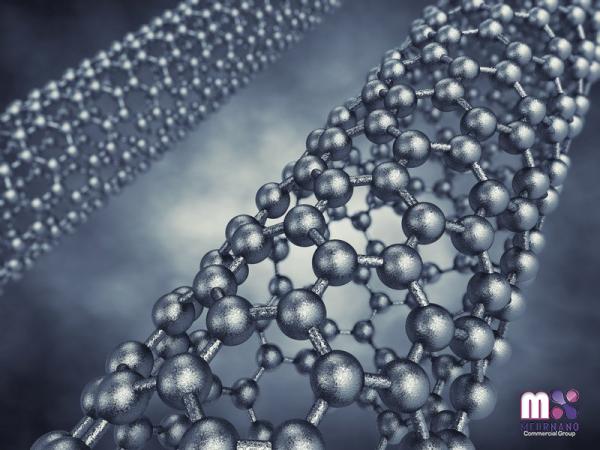 2. Electronics: The demand for smaller, faster, and more efficient electronic devices necessitates materials with exceptional electrical properties. Nano carbon-inorganic hybrid materials present a novel approach to achieving these requirements. By combining carbon nanotubes or graphene with inorganic counterparts, manufacturers can create flexible, transparent, and conductive materials. These materials enable the production of flexible displays, electronic paper, wearable devices, and high-performance sensors. Additionally, nano carbon-inorganic hybrid materials hold promise in the development of next-generation transistors, memory devices, and optoelectronics. 3. Construction: The construction industry is increasingly turning to innovative materials to enhance performance, durability, and sustainability. Nano carbon-inorganic hybrid materials offer excellent prospects in this field. By reinforcing conventional construction materials, such as concrete or polymers, with carbon-based nanoparticles, they can significantly improve mechanical strength, resistance to corrosion, and fire retardancy. Additionally, these hybrid materials can enable self-healing properties and reduce the carbon footprint of construction projects. Applications range from high-strength concrete for infrastructure, earthquake-resistant structures, to self-cleaning coatings and energy-efficient insulation.
2. Electronics: The demand for smaller, faster, and more efficient electronic devices necessitates materials with exceptional electrical properties. Nano carbon-inorganic hybrid materials present a novel approach to achieving these requirements. By combining carbon nanotubes or graphene with inorganic counterparts, manufacturers can create flexible, transparent, and conductive materials. These materials enable the production of flexible displays, electronic paper, wearable devices, and high-performance sensors. Additionally, nano carbon-inorganic hybrid materials hold promise in the development of next-generation transistors, memory devices, and optoelectronics. 3. Construction: The construction industry is increasingly turning to innovative materials to enhance performance, durability, and sustainability. Nano carbon-inorganic hybrid materials offer excellent prospects in this field. By reinforcing conventional construction materials, such as concrete or polymers, with carbon-based nanoparticles, they can significantly improve mechanical strength, resistance to corrosion, and fire retardancy. Additionally, these hybrid materials can enable self-healing properties and reduce the carbon footprint of construction projects. Applications range from high-strength concrete for infrastructure, earthquake-resistant structures, to self-cleaning coatings and energy-efficient insulation.
..
 4. Healthcare: Nano carbon-inorganic hybrid materials are revolutionizing the healthcare industry by enabling advanced drug delivery systems, disease diagnosis, and tissue engineering. By combining carbon-based nanoparticles with inorganic carriers, these materials provide benefits such as controlled drug release, targeted therapy, and improved biocompatibility. They can also be engineered to possess imaging capabilities for better diagnosis and monitoring of diseases. Furthermore, nano carbon-inorganic hybrid materials serve as excellent scaffolds for tissue regeneration, allowing for the creation of artificial organs and advanced prosthetics. Recent Advancements and Outlook: Research and development in the field of nano carbon-inorganic hybrid materials continue to flourish. Scientists are exploring novel synthesis methods, surface modification techniques, and improving the understanding of their unique properties. This collective effort has resulted in enhanced performance, increased scalability, and improved cost-effectiveness.
4. Healthcare: Nano carbon-inorganic hybrid materials are revolutionizing the healthcare industry by enabling advanced drug delivery systems, disease diagnosis, and tissue engineering. By combining carbon-based nanoparticles with inorganic carriers, these materials provide benefits such as controlled drug release, targeted therapy, and improved biocompatibility. They can also be engineered to possess imaging capabilities for better diagnosis and monitoring of diseases. Furthermore, nano carbon-inorganic hybrid materials serve as excellent scaffolds for tissue regeneration, allowing for the creation of artificial organs and advanced prosthetics. Recent Advancements and Outlook: Research and development in the field of nano carbon-inorganic hybrid materials continue to flourish. Scientists are exploring novel synthesis methods, surface modification techniques, and improving the understanding of their unique properties. This collective effort has resulted in enhanced performance, increased scalability, and improved cost-effectiveness.
…
 As the knowledge base grows, new applications and breakthroughs are expected in fields such as energy conversion, environmental remediation, and catalysis. The integration of these materials into commercial products and the development of efficient manufacturing processes is crucial to fully harness their potential. Conclusion: Nano carbon-inorganic hybrid materials have become a cornerstone of innovation across various industries. Their exceptional properties and wide-ranging applications make them vital for enhancing existing products and driving the development of cutting-edge technologies. As research progresses and commercialization accelerates, these materials have the potential to transform energy storage, electronics, construction, and healthcare sectors. With their ability to improve performance, efficiency, and sustainability, nano carbon-inorganic hybrid materials are poised to shape a more advanced and sustainable future.
As the knowledge base grows, new applications and breakthroughs are expected in fields such as energy conversion, environmental remediation, and catalysis. The integration of these materials into commercial products and the development of efficient manufacturing processes is crucial to fully harness their potential. Conclusion: Nano carbon-inorganic hybrid materials have become a cornerstone of innovation across various industries. Their exceptional properties and wide-ranging applications make them vital for enhancing existing products and driving the development of cutting-edge technologies. As research progresses and commercialization accelerates, these materials have the potential to transform energy storage, electronics, construction, and healthcare sectors. With their ability to improve performance, efficiency, and sustainability, nano carbon-inorganic hybrid materials are poised to shape a more advanced and sustainable future.

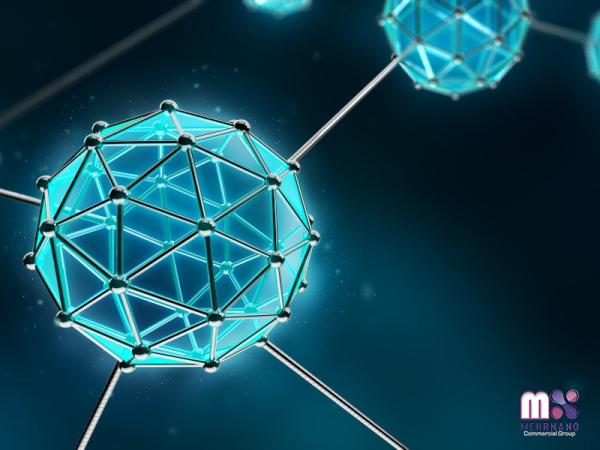
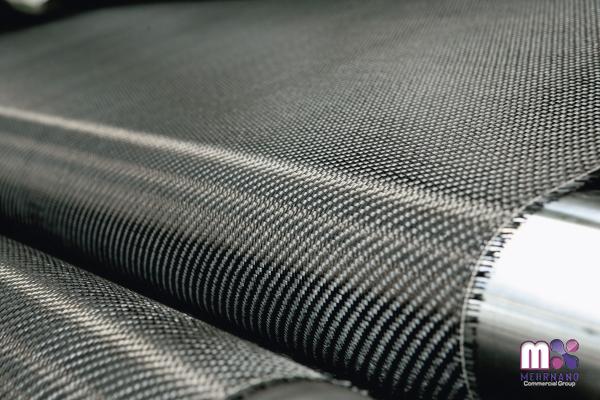
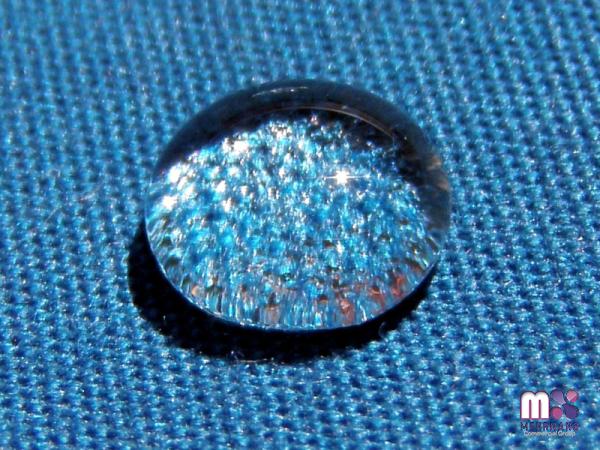




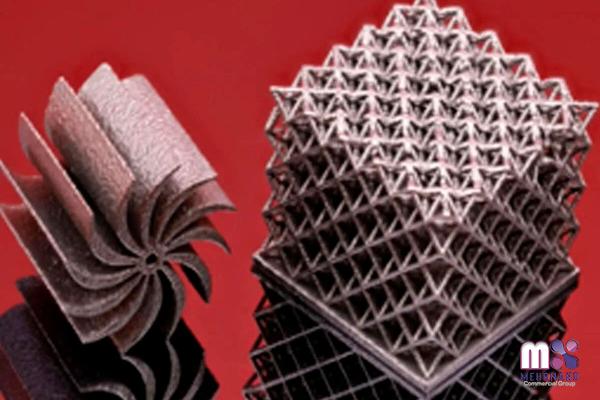
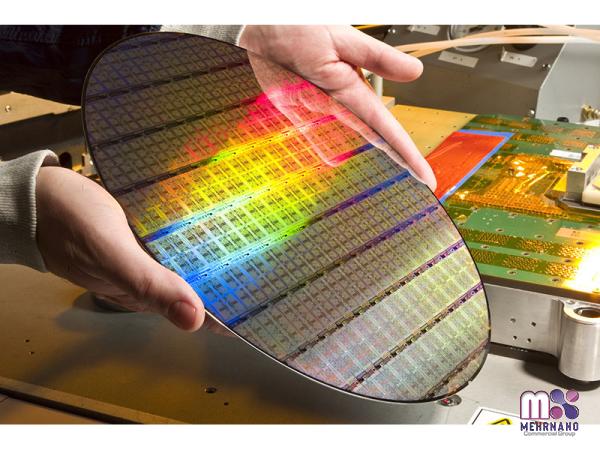

Your comment submitted.